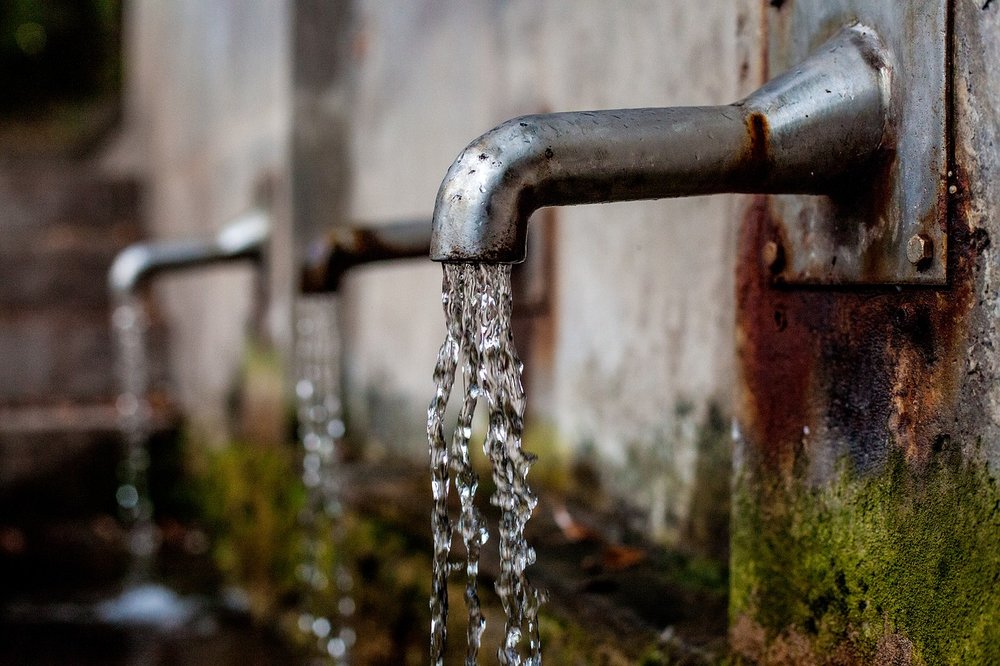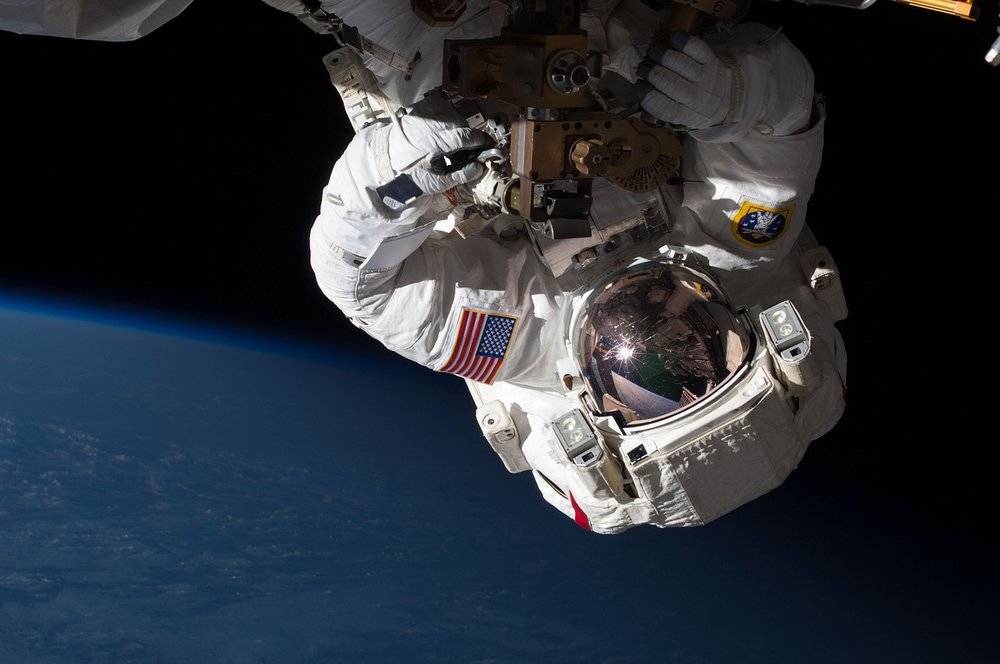Surface features such as canyons and valleys on the “Red Planet” suggest an abundance of liquid water in its geological past. Water vapors on Mars were first detected in the early 60s followed by observation of water-rich ice patches decades later, but it was not until 2011 that Lujendra Ojha, a Nepali undergraduate student, spotted signs of possible water flows on our neighboring planet. While interning at University of Arizona, Lujendra analyzed a wealth of images from Mars and noticed recurring dark streaks on steep Martian slopes, growing in summer and vanishing in winter. A publication describing this finding speculated that salty water flows could be responsible for this activity. The follow-up study published this September by Lujendra and his colleagues indeed presents evidence for direct association of water molecules with magnesium and sodium salts present at the sites of these dark streaks.
We are limited by our knowledge of the extremes of life on Earth
The proven presence of running water on Mars is provocative because it confirms that an aqueous environment where life could survive exists. But what conclusions can be definitively extracted from these findings? The authors’ conclusions as to the likely presence of liquid water on Mars are reasonable, based on the available evidence. We know from our daily lives that salty solutions have a lower freezing point and stay liquid even at subzero temperatures (think of putting salt on icy sidewalks in winter). Considering chilly Martian summers with temperatures dropping down to -20 0C, briny flows make a lot of sense.

This artist’s impression shows how Mars may have looked about four billion years ago. The young planet Mars would have had enough water to cover its entire surface in a liquid layer about 140 meters deep, but it is more likely that the liquid would have pooled to form an ocean occupying almost half of Mars’s northern hemisphere, and in some regions reaching depths greater than 1.6 kilometres. Credit: ESO/M. Kornmesser/N. Risinger (skysurvey.org), Creative Commons.
The question remains, however, as to where the water comes from. There is very little basis for an informed opinion at this point, and future missions will likely provide more conclusive answers. Surface and subsurface melting of ice, local aquifer or direct extraction of water from the atmosphere are all plausible. With regard to the presence of life, salts identified in the study are able to draw water out from the atmosphere and some microbial Earthlings in the Atacama Desert are known to thrive in such conditions. Does that increase the odds of finding their Martian cousins? Maybe. Even though the briny flows on Mars are much “drier” (i.e. contain more salt) than the saltiest life-sustaining brines on Earth, we are limited by our knowledge of the extremes of life on Earth. Martian evolution might have come up with strikingly different mechanisms for water uptake in such arid conditions thus making life possible. It is also possible that more Mars-like life-carrying brines simply haven’t been found here on Earth, and if these life forms were discovered, it would make the Martian ones appear less alien.
The echo of this study will likely spur more international resources to be dedicated to characterizing the Martian surface and subsurface environment. Future robotic and human missions are inevitable. They will likely focus on drilling beneath the surface aiming to find subterranean fresh water which would increase the odds for present-day life on Mars. Any discovery of extant or extinct life on the “Red Planet” would be a tremendous feat of science and humankind, and it appears that day may not be too far away.
By Jernej Turnsek, PhD Candidate at Harvard University
Acknowledgements: Special thanks to Heather Olins from the Department of Organismic and Evolutionary Biology, Olga Taran Iourova from the Department of Chemistry and Chemical Biology, and Betul Kacar, an Astrobiologist at Harvard University, for providing their expertise and commentary on this exciting and thought-provoking topic.
Original Article: Going with the Flow: New Evidence for Liquid Water on Mars – SITN – Science in the News
Original Research Article: Spectral evidence for hydrated salts in recurring slope lineae on Mars – Nature Geoscience
Media Coverage: NASA Confirms Evidence That Liquid Water Flows on Today’s Mars –NASA; Liquid water flows on today’s Mars: NASA confirms evidence – Science Daily; Nasa scientists find evidence of flowing water on Mars – The Guardian; Mars Shows Signs of Having Flowing Water, Possible Niches for Life, NASA Says – New York Times; A watery Mars, a changed outlook – Harvard Gazette
Further Reading: Lujendra Ojha’s personal website; NASA’s Journey to Mars: Pioneering Next Steps in Space Exploration; Mars 2020 Mission; Why hunting for life in Martian water will be a tricky task; Mars Is Pretty Clean. Her Job at NASA Is To Keep It That Way.








